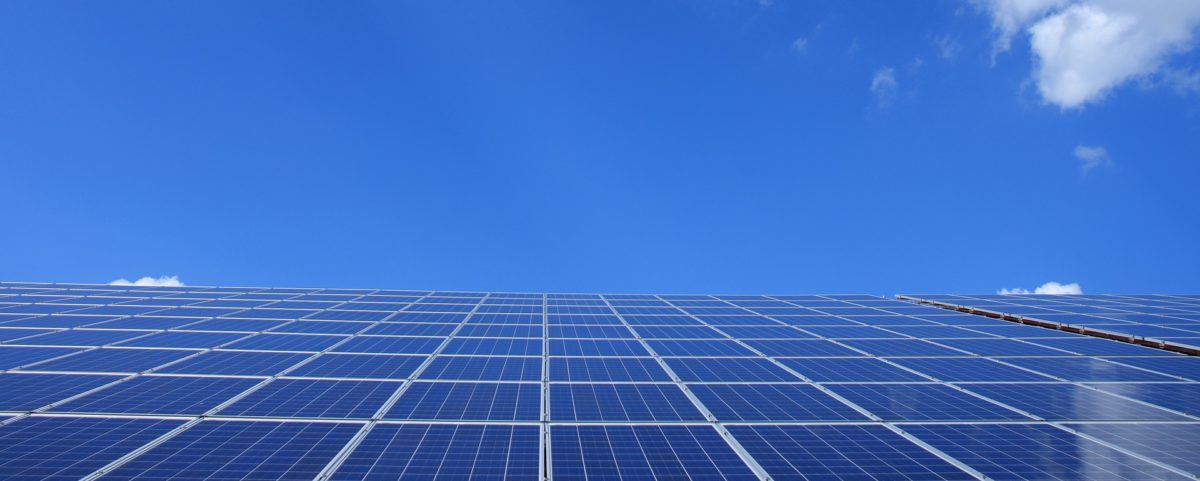On the surface the announcement that there are ”BP Plans for subsidy free offshore windfarms‘ sounds like great news. But in practice it could herald a future where instead of making ginormous profits out of selling us oil and gas the oil companies will be controlling wind power licenses for their benefit rather than that of the consumers or the planet.
In essence, if the oil companies are saying that they do not need the (now usual) long-term guaranteed price contracts to go ahead with offshore wind contracts they mean one of two things. First that they will not develop these contracts because energy prices are not high enough, or the energy prices are very high in which case they will makes loads of cash.
Jerome Guillet, the offshore wind expert has already sounded an alarm about a deal with the German Government whereby oil companies have made successful ‘zero subsidy’ bids for two big windfarms. He said, in a blog post entitled: ‘Why the German tender for offshore wind is bad news’ ‘Either the oil companies are betting on very high power prices for a long time in Germany, or they will find some other way to get their money back.’ What makes things look especially bad is that in the German case the windfarm operators will have to pay 20 euros per MWh back to the consumers, which will not be the case in the UK.
So, if a lot of the offshore windfarm leases are owned by the oil companies we face a bleak future of continued exploitation by the oil and gas giants. In this dystopian future the oil companies can soak the consumer by playing off high residual oil and gas prices against the high electricity prices they will be able to charge for their power from windfarms.
Counter-intuitively, high carbon prices charged under the EU-ETS or the UK equivalent will actually increase the profits made by the oil giants. That is because the carbon prices will increase the marginal price of energy in general, hence increasing the prices that the oil giants can charge for the wind power their plant generates.
So what is the solution? The solution is for a more government interventionist approach so that when the Government does give out wind leases in the future (and a lot of cats have already been let out of the bag on that one) they should be sold on some better conditions. The key condition should be that the companies buying the lease must take up a Government contract if they are going to develop the projects. That way the Government can ensure that in future offshore wind does not become part of a continued great excess profit-making bonanza they we are already suffering with oil and gas.
Of course, in this situation, the Government needs to offer contracts (called ‘CfDs’ in the trade) that offer reasonable prices that allow ‘normal’ profits.
By David Toke
Read about the 100%RenewableUK energy model and how it compares to the Government’s net zero plan. 100%RE gives lower emissions for much lower overall cost! Our new report concludes that a 100% renewable energy mix for the UK would save well over £100bn in achieving net zero by 2050, compared to the UK Government’s current strategy. It would also mean more than 20% lower cumulative carbon emissions in the process. The study, carried out by renowned energy modeling academics at LUT University in Finland, involves hour-by-hour simulation of different scenarios for reaching net zero for UK energy systems. Click HERE for more information, including links to the report itself and accompanying material
You can see the youtube recording of our seminar on 100percent renewable energy for the UK held in London on April 22nd HERE
